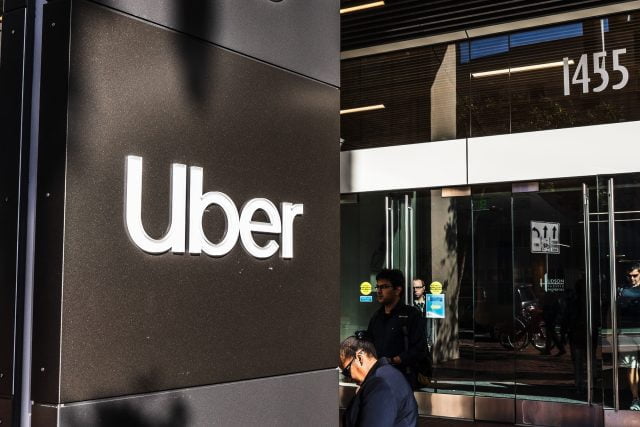
Uber and Betterment Join Forces to Provide IRAs
Alicia H. Munnell is a columnist for MarketWatch and senior advisor of the Center for Retirement Research at Boston College.
Will Uber drivers sign up?
The contingent workforce and retirement plans have been very much on my mind. Contingent workers, who by definition do not have an employer, are not covered by any type of retirement plan. These contingent workers are a portion of a larger group of private sector workers who lack coverage. Some of this “coverage gap” would be closed by President Obama’s Auto-IRA proposal, which would require private sector employers not offering a plan to auto enroll their employees in an IRA. Of course, this proposal has not been enacted, so several states – California, Connecticut, Illinois, Maryland, and Oregon – are well on their way to setting up their own Auto-IRA plans. But all these initiatives are aimed at employers, and therefore do not reach contingent workers. So the question remains how the 16 percent of the workforce classified as contingent workers in one recent study is ever going to get coverage under a retirement plan. The new Uber–Betterment initiative will shed some light on whether coverage can be improved simply by making the process easy.
Uber has just announced – in the wake of the scuttling of its $100 million settlement proposal of a class-action suit – a plan that would enable its drivers to sign up for Individual Retirement Accounts (IRAs) through their Uber App. To accomplish this goal, Uber is partnering with Betterment Inc., a robo-advice provider. As a pilot, the program will be introduced in four areas – Boston, Chicago, Seattle, and New Jersey.
Betterment pioneered the business of offering inexpensive investment advice using algorithms to allocate assets. That is, it uses answers to various questions that gauge risk tolerance to assign customers to various baskets of low-cost exchange-traded funds. The deal with Uber gives Betterment direct access to tens of thousands more customers to add to its current base of about 80,000. Betterment is waiving its fee for the first year that drivers use the system and then will charge 0.25 percent of assets under management. Generally, the company charges 0.35 percent for portfolios with less than $10,000 in assets and 0.15 percent for those with more than $100,000. In all cases, Betterment does not require an investment minimum.
Uber’s initiative takes place against the background of an all-out battle to prevent its workers from being classified as employees. In the class-action suit, Uber drivers in California and Massachusetts had argued that Uber should treat them as employees and reimburse them for expenses such as gasoline. For Uber, treating their drivers as employees would sharply increase their costs through required payroll taxes and other benefits. Uber had proposed a settlement, but in August a federal judge rejected the offer as unfair.
Beyond the important issue of whether Uber drivers should be treated as independent contractors or employees is the question of how independent contractors can be ensured coverage by a retirement plan. The data clearly show that, left on their own, few Uber drivers will open an IRA. The interesting and important question is how many Uber drivers will sign up now when they can do so easily through their Uber app. If the Betterment approach works, that will be big news.




